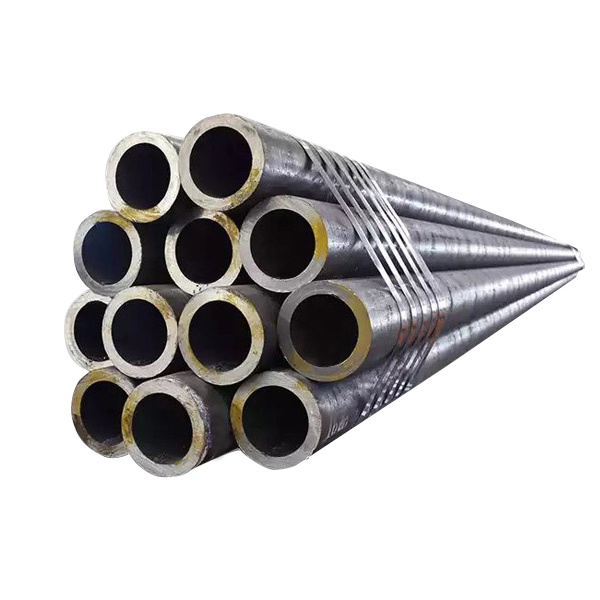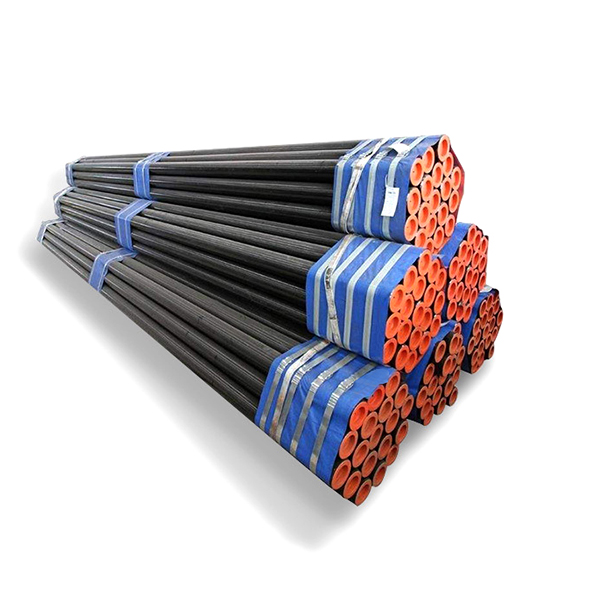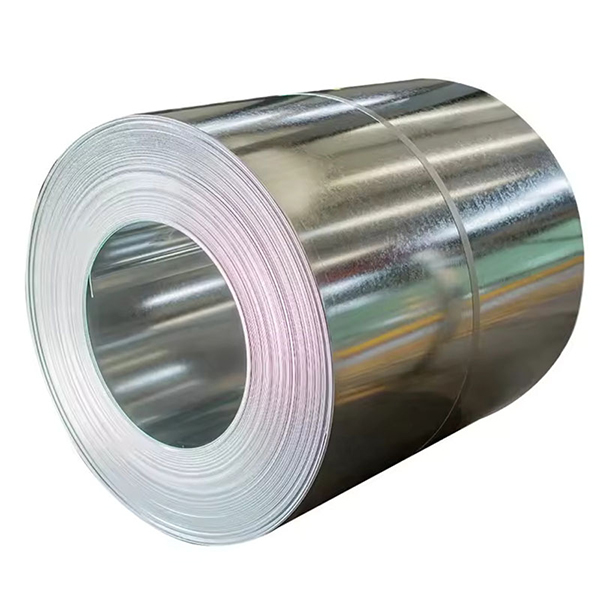Precautions for steel storage and basic maintenance of materials
I. Requirements for the Material Warehouse
1.Keep the material warehouse clean and well-drained, and keep it away from areas that produce harmful gases or dust. Weeds and all debris on the site should be cleared to keep the steel clean.
2. In the warehouse, it must not be stored together with materials such as acids, alkalis, salts and cement that are corrosive to steel. Different types of steel should be stacked separately to prevent confusion and contact corrosion.
3. Large sections of steel, rails, steel plates, large-diameter steel pipes, forgings, etc. can be stored outdoors.
4. Small and medium-sized sections, wire rods, reinforcing bars, medium-diameter steel pipes, steel wires and steel ropes, etc., can be stored in well-ventilated material sheds, but they must be covered on top and padded at the bottom.
5. Some small-sized steel products, thin steel plates, steel strips, silicon steel sheets, small-diameter or thin-walled steel pipes, various cold-rolled and cold-drawn steel products, as well as metal products that are expensive and prone to corrosion, must be stored in the warehouse.
6. On sunny days, ensure good ventilation; on rainy days, keep the store closed to prevent moisture. Always maintain a suitable storage environment.
II.Stack goods reasonably and place them on a first-in, first-out basis
1.The principle of stacking requires that under the condition of stable stacking and ensuring safety, materials should be stacked by variety and specification. Materials of different varieties should be stacked separately to prevent confusion and mutual corrosion.
2. It is strictly prohibited to store items that have a corrosive effect on steel near the stack positions.
3. The bottom of the stack should be raised, solid and flat to prevent the materials from getting damp or deformed.
4. Materials of the same kind should be stacked separately according to the order of their entry into the warehouse to facilitate the implementation of the principle of first-in, first-out.
5. For steel sections piled up in the open air, there must be wooden pads or stone slabs beneath them. The stack surface should be slightly inclined to facilitate drainage. Also, ensure that the materials are placed straight to prevent bending and deformation.
6. The stacking height for manual operation shall not exceed 1.2 meters, and for mechanical operation, it shall not exceed 1.5 meters. The width of the stack shall not exceed 2.5 meters.
7. There should be certain passageways between stacks. The inspection passageways are generally 0.5 meters, and the access passageways vary depending on the size of the materials and the transportation machinery, usually ranging from 1.5 to 2.0 meters.
8. Raise the bottom of the stack. If the warehouse has a sunny cement floor, raising it by 0.1m is sufficient. If it is muddy ground, it should be raised by 0.2 to 0.5 meters. If it is an open-air site, the cement ground should be raised by 0.3 to 0.5 meters, and the sand and mud surface by 0.5 to 0.7 meters.
9. When storing Angle steel and channel steel in the open air, they should be placed upside down, that is, with the openings facing down. I-beams should be placed upright, and the I-channel surface of the steel should not face upwards to prevent water accumulation and rusting.
Iii.Keep the warehouse clean and strengthen the maintenance of materials
1.Before materials are stored in the warehouse, it is necessary to prevent them from being rained on or mixed with impurities. For materials that have been rained on or soiled, different methods should be used to clean them according to their properties. For example, steel wire brushes can be used for those with high hardness, while cloth, cotton and other materials can be used for those with low hardness.
2. After the materials are stored in the warehouse, they should be inspected frequently. If there is any rust, the rust layer should be removed.
3. Generally, after the surface of steel is thoroughly cleaned, there is no need to apply oil. However, for high-quality steel, alloy thin steel plates, thin-walled pipes, alloy steel pipes, etc., both the inner and outer surfaces need to be coated with anti-rust oil after rust removal before storage.
4. For steel with severe rust, it should not be stored for a long time after rust removal and should be used as soon as possible.





